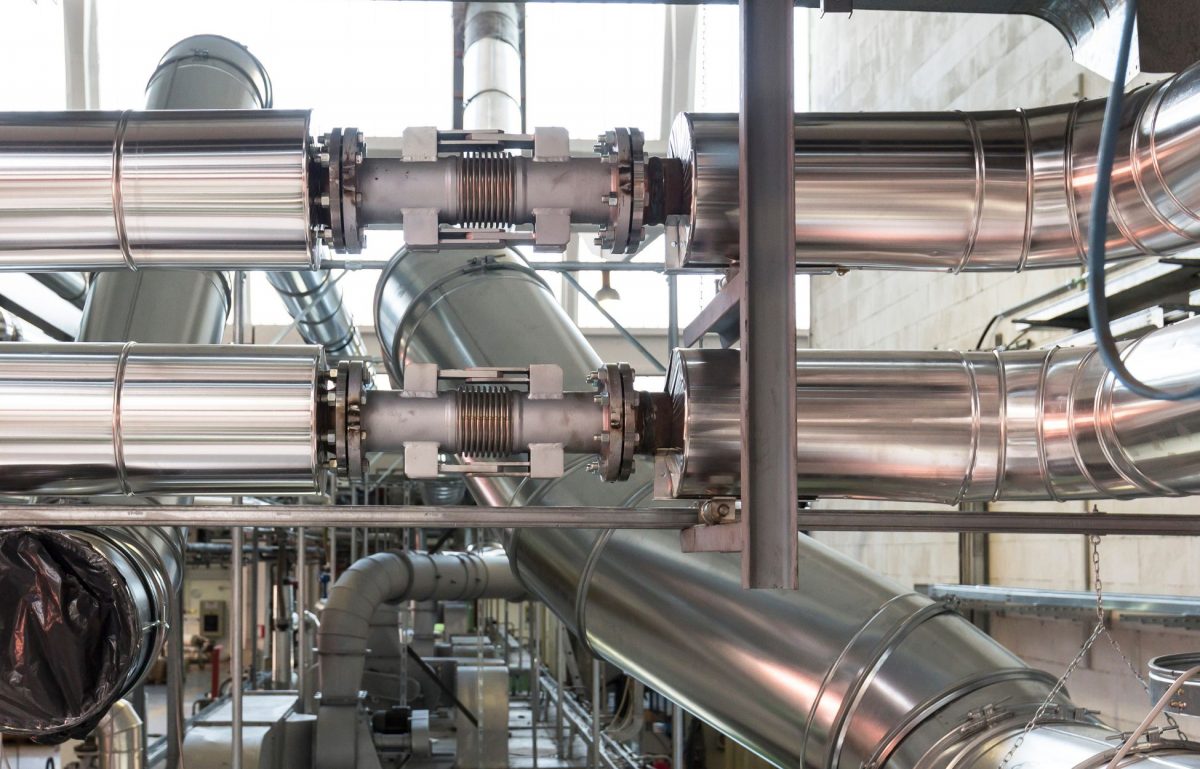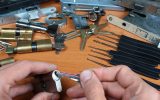The overarching goal of a manufacturing plant is to maximize productivity and profits. Companies can achieve this goal through efficiency. Although being efficient is easier said than done, there are ways to make things easier. Follow these tips for running an efficient manufacturing plant for beneficial advice.
Assess the Current Work Flow
It’s essential to assess the current workflow in the manufacturing plant to achieve maximum productivity. Evaluating the processes that work and looking for areas of improvement makes an impact on efficiency. Pay attention to employee performance and determine whether the equipment and technology currently in use are optimal for the job.
Emphasize Collaborative Communication
It’s common for industrial businesses to adopt a top-down communication style in which upper management distributes instructions and information to employees. Of course, this is necessary for explaining work tasks or reviewing the company’s standards. However, top-down communication uses a hierarchical structure that gives workers little say in daily operations.
Fortunately, collaborative communication encourages open dialogue between upper management teams and workers. After all, the employees can provide the most insight into factory processes and can pinpoint areas of improvement.
Conduct Preventative Maintenance
Factory tools and equipment are vital to operations. Therefore, maintaining machines and elements within the plant will uphold productivity. Simple things like cleaning equipment or fixing small problems are good preventative maintenance. You don’t want to risk damaging factory parts. For instance, a common cause of pipe expansion joint failure is corrosion. However, routine cleaning and flushing prevent this issue!
Invest in Continuous Job Training
Investing in continuous job training is a smart tip for running an efficient manufacturing plant. Employees are the most valuable asset in a factory. It’s no secret that the manufacturing process is extremely hands-on, but technology is fast-growing. To ensure everyone stays up to date on technology or equipment functions, it’s key to provide training.
Regularly Update Equipment
Though equipment upgrades are expensive, they’re necessary for efficiency. Pinpoint processes that slow down employees and upgrade machines that will help their workload. In addition, investing in quality will reduce damage and the cost of repairs.













